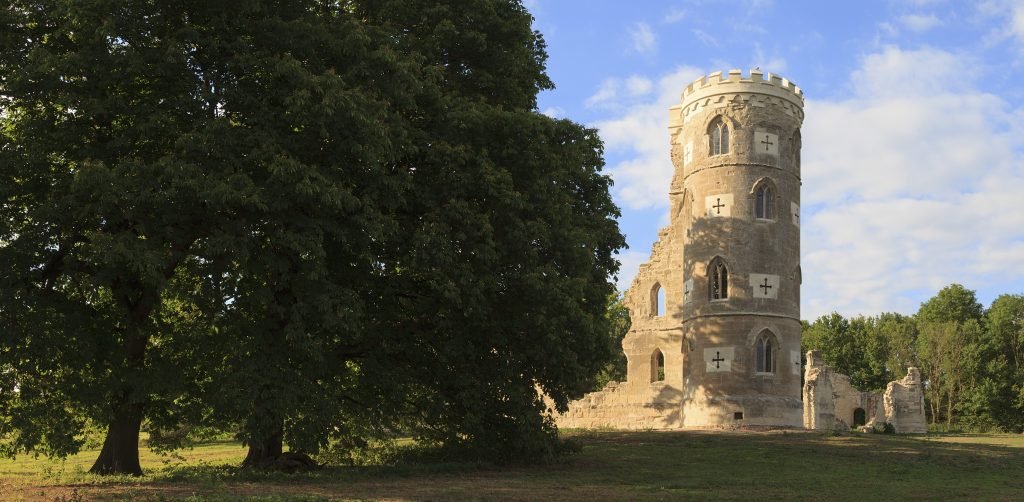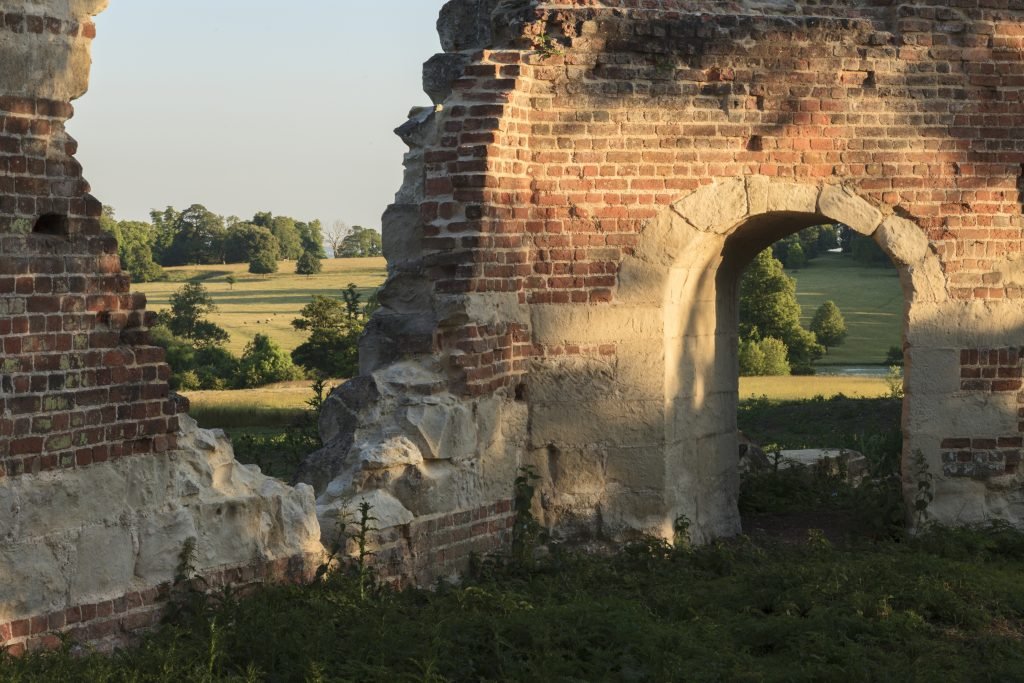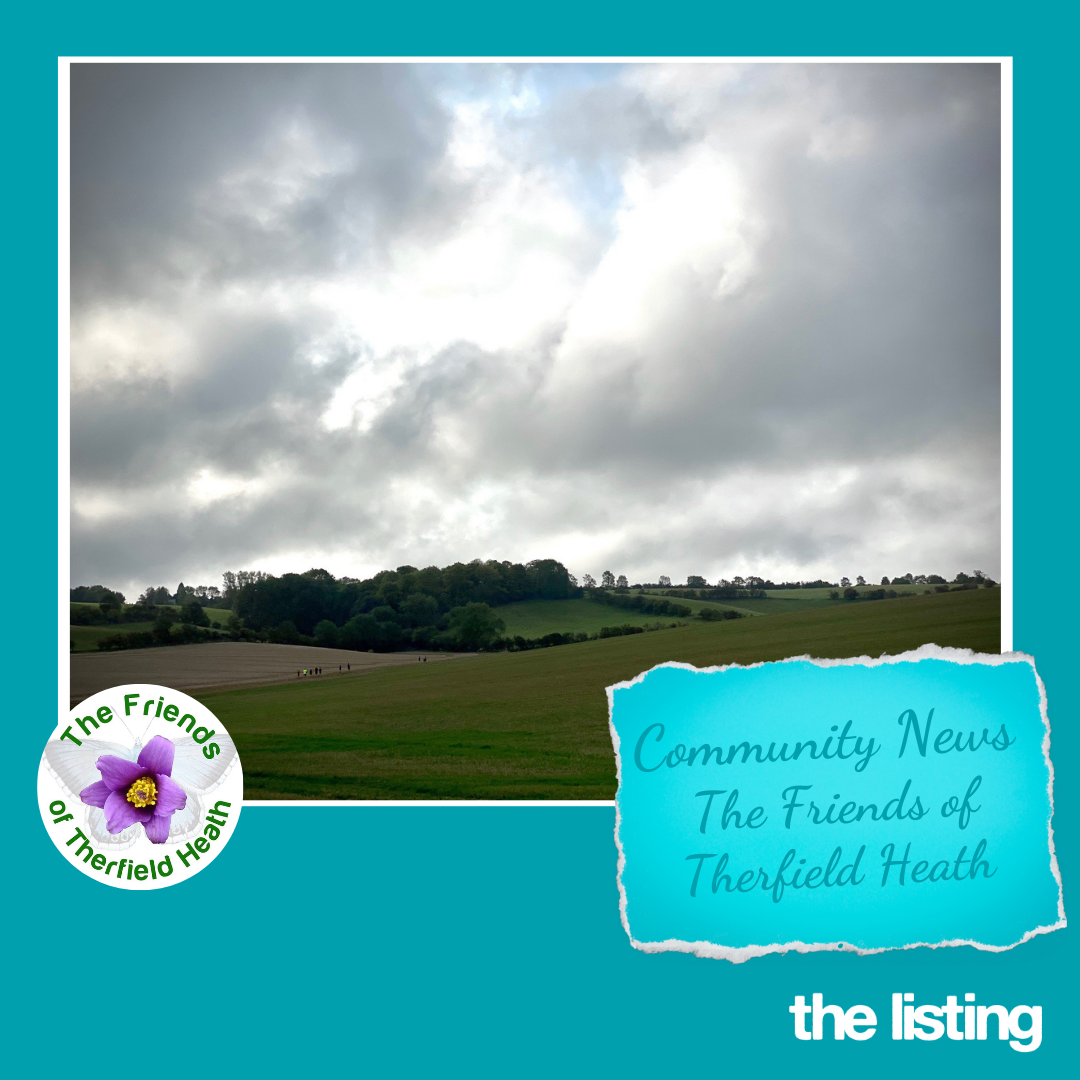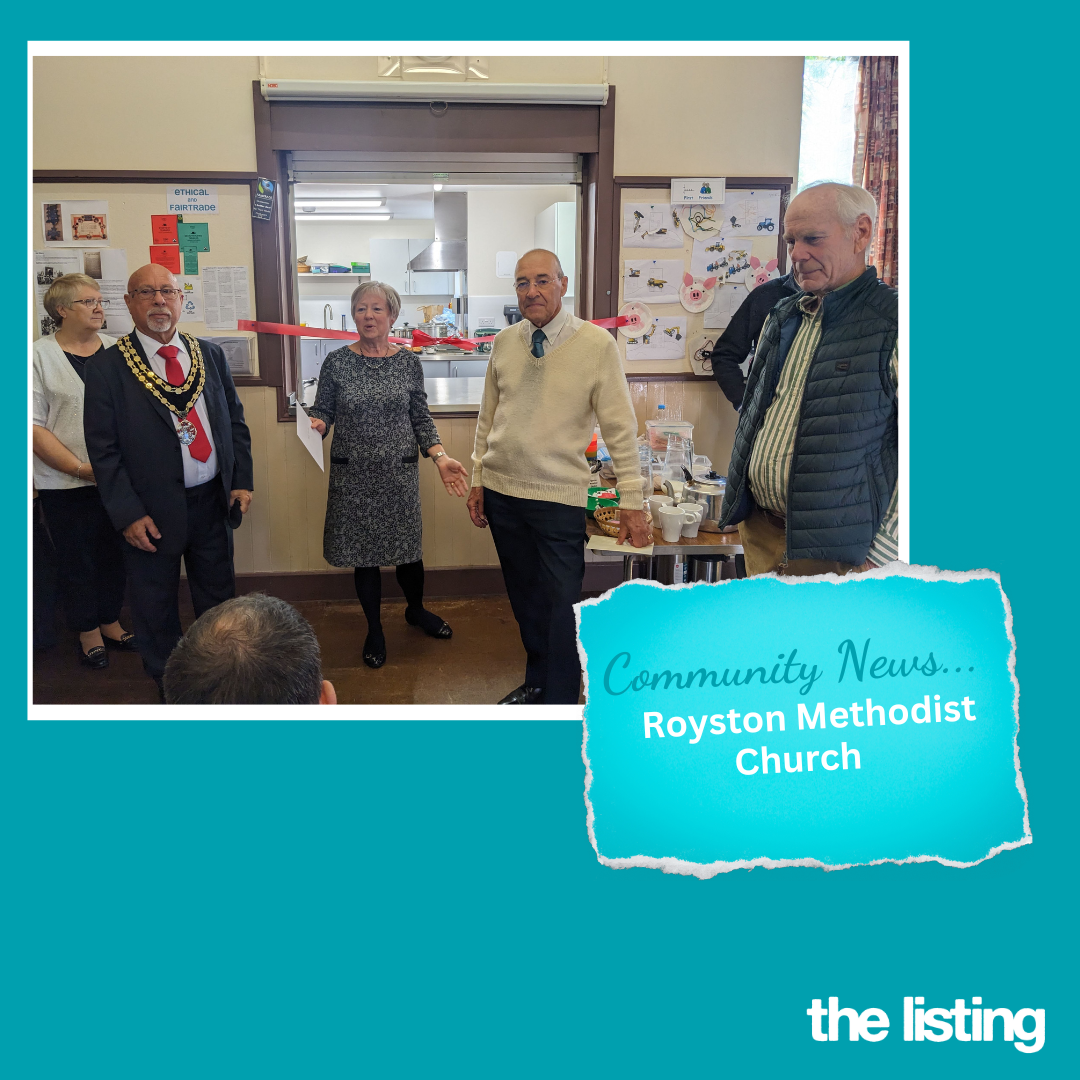Our local stately home, Wimpole Hall remains a working estate still guided by the seasons.
The hall itself has a rich history of many different owners, all putting their mark on the architecture and interior design of the building.
It is a complex house with a spectacular architectural pedigree. The original building (1640-70) was almost certainly designed by its owner, Sir Thomas Chicheley. It was extended in 1713-21 by James Gibbs and decorated by Sir James Thornhill. In the mid-18th century, Philip Yorke, 1st Earl of Hardwicke, commissioned Henry Flitcroft to re-face the central block and to make various internal alterations.
The 3rd Earl called in Sir John Soane to design the Yellow Drawing room, with its sophisticated arches and vaults, and an austere but beautiful bath house. Wimpole’s interior is a rich mixture of mainly 18th-century decoration, including a spectacular Baroque chapel with trompe l’eoil murals by Thornhill. There is also a library designed by Gibbs for Edward Harley, Earl of Oxford.
Pleasure Grounds
In the 18th-century these grounds were where the family took evening strolls and enjoyed picnics. They contained many rare, exotic and unusual plants sourced from all over the world. These plants were discovered by plant hunters who were well travelled.
Walled Garden
This 18th-century walled garden was constructed by William Eames and features Sir John Soane’s glasshouse.
Explore Gardener’s Cottage and find out about some of the history of the garden and its owners and what the garden team get up to today. Wander around the cottage garden with its new borders planted in 2016.
Parterre
The parterre garden is a reflection of past glories in the North Park. This area of garden was lost for a century and restored in the 1990s.
Parkland
Originally a small deer park surrounded by open fields, Wimpole parkland has changed many times throughout its history. Different owners employed different landscape designers and gardeners, who each left their mark on the landscape

Woodland Belts
Cobbs Wood is an ancient woodland. Named after Geoffrey Cobb, the Lord of the Manor of Wratsworth; there’s now a lost village beneath Cobbs Wood itself. All other woodland is a direct result of the landscapers. It holds a surprising array of wildlife including eight species of bat.
There are a wide range of rural courses and guided walks throughout the year. These include hedge laying and ferreting courses, bat, fungi and mammal walks.
Adventure Playground
Beyond the paddocks at the Farm for older children, discover the adventure playground with climbing frames, balance beams and swings; with picnic tables and chairs nestled under the trees, it’s a place where the whole family can all unwind.
Historic buildings
At the heart of Home Farm lie Sir John Soane’s 18th-century farm buildings. Built in a rustic style, the grand threshing barn still dominates the yard. Step back in time as you explore cart sheds, stables, cattle yards and pens.
Rare breeds
As one of the UK’s largest rare breed centres Home Farm plays a key role in conserving rare and traditional breeds of livestock.
The iconic White Park cattle and traditional Longhorns look at home in the traditional yard. The Shires are true gentle giants, but the miniature Shetland ponies are at the other end of the scale!
Local produce
Home Farm always supplied the estate with produce – and we still do today. The organic and Freedom Foods accredited farm rears livestock for meat and eggs and you can pop into the shop or restaurant and try some yourself.













